One by one: The lone wolves of the animal kingdom
Mankind may be tribal and sociable by nature, yet the ‘bliss of solitude’ — a state previously reserved for hermits — is the key to achieving inner peace, says Laura Parker
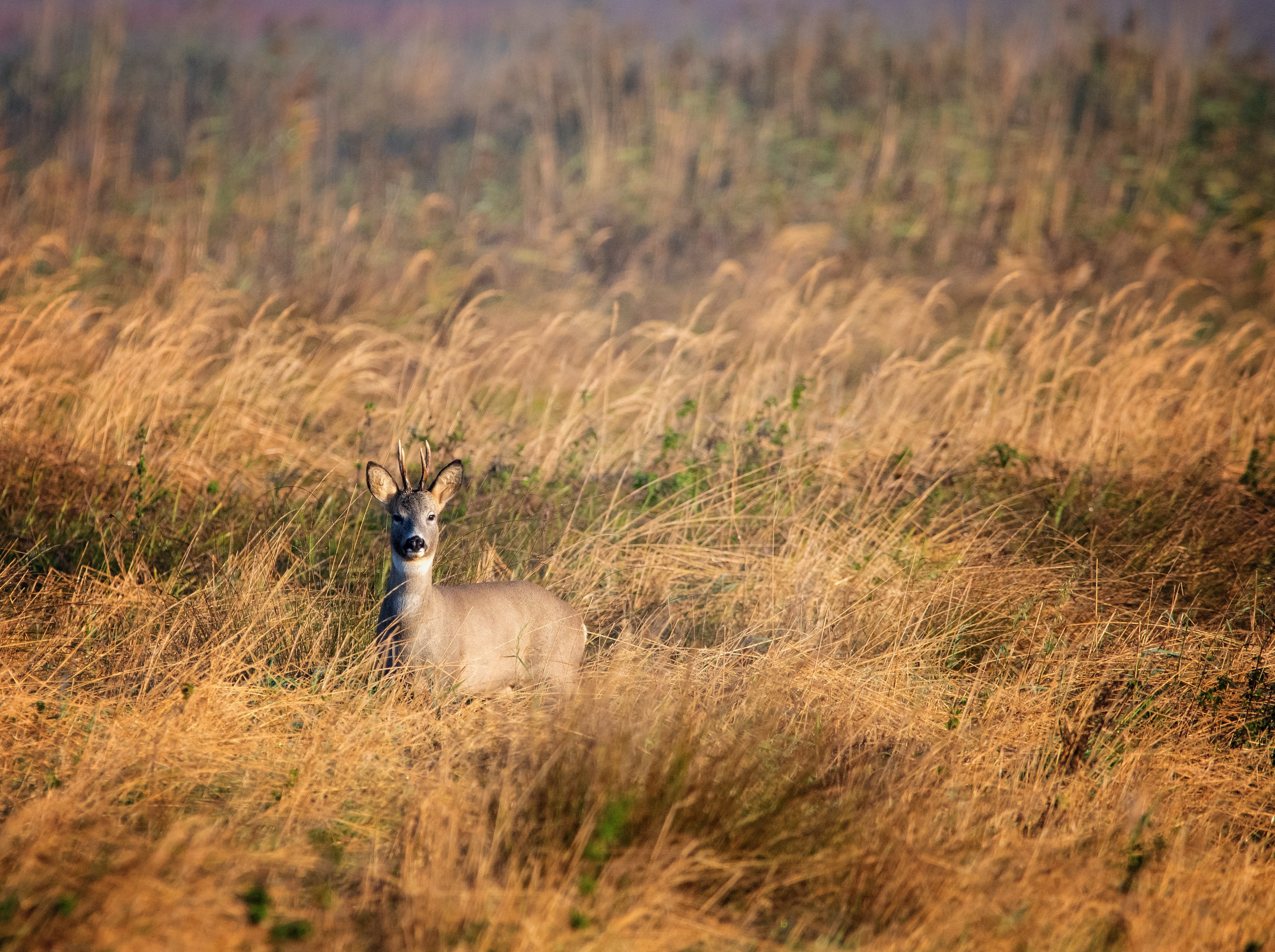

In 2023 Fiona, Britain’s loneliest sheep, was rescued from below cliffs in Cromarty in the Highlands of Scotland after spending two years on her own. She has since found socialising with other ewes difficult. Sheep, of course, are naturally flocking animals, but a surprising number of British species live their lives almost entirely alone. The famously co-operative honeybee is, in fact, an exception among its kind. The vast majority of bees — as many as 250 out of the 270 UK species — are solitary, including the delightfully named ashy mining bee (Andrena cineraria), the wool carder bee (Anthidium manicatum) and the hairy-footed flower bee (Anthophora plumipes). Solitary bees nest in the ground or in ready-made spaces, such as beetle holes, and their species are the ones most likely to use manmade bee hotels. Single rooms only, of course.
Several British mammals like a walk on the wild side by themselves. These include muntjac (Muntiacus reevesi) and roe deer (Capreolus capreolus). The latter form loose groupings in the winter, yet generally live alone and even red deer, commonly thought of as living in large herds in the Highlands, are inclined to solitariness when in woodland habitat. At the other end of the scale, our smallest carnivore, the weasel (Mustela nivalis), keeps its own company throughout its short, two-year life, only coming together to procreate. Its much larger mustelid cousin, the otter (Lutra lutra), is another that generally wants to be alone, apart from the necessity of mating and bringing up cubs. The loner animal is immortalised by Rudyard Kipling in his Just So story of the cat who makes a pact with humans, but remains ever aloof: ‘I am the Cat who walks by himself, and all places are alike to me.’
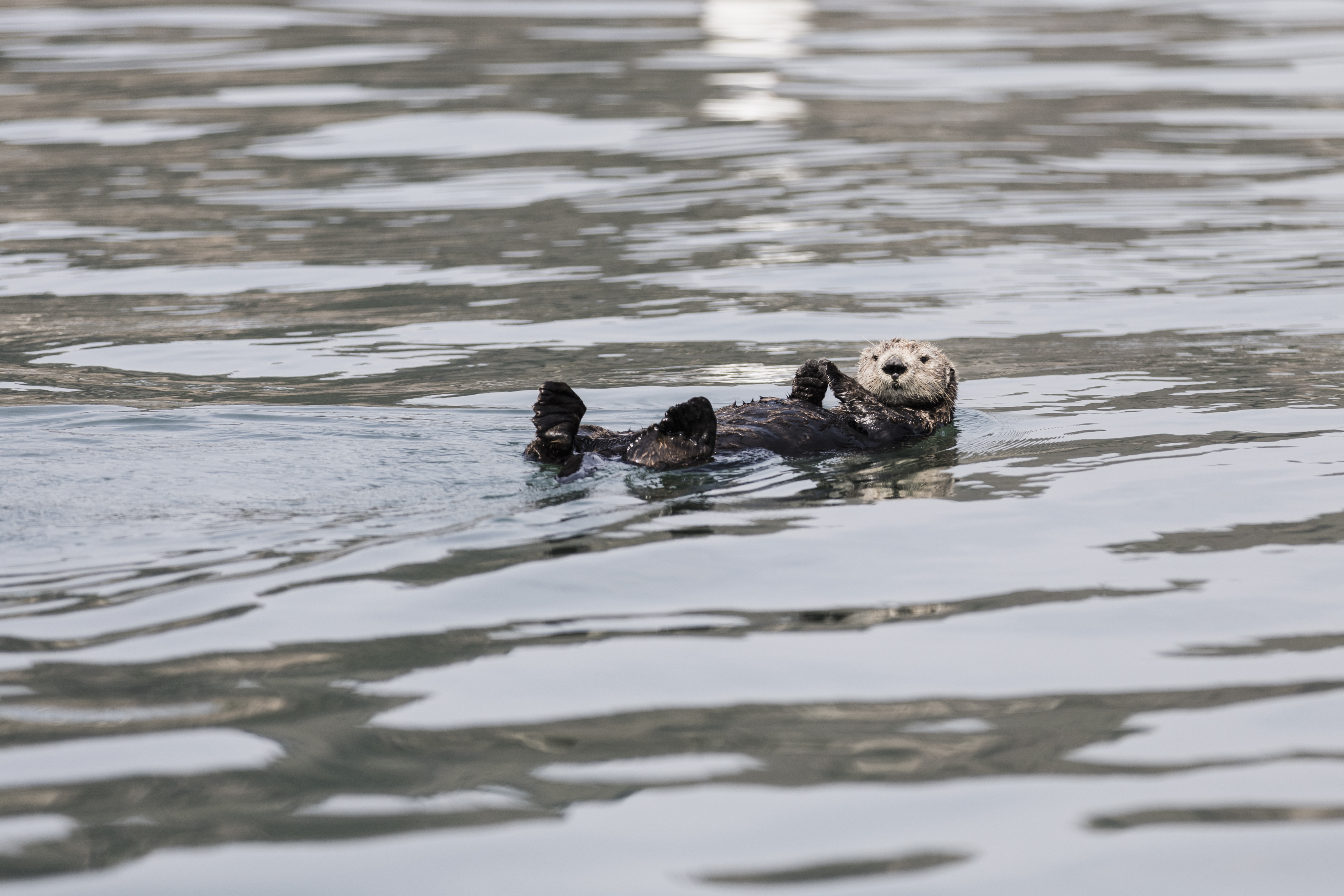
This animal also otterly loves to be by itself.
Around the world, about a quarter of mammals are solitary, including fearsome hunters, such as the Bengal tiger (Panthera tigris tigris) and the polar bear (Ursus maritimus), who stand a greater chance of success if they operate alone. Animals adopt solitary living for a variety of reasons. Sometimes, it is the best way to survive in harsh environments where food resources are scarce. If, like the slow-moving brown-throated sloth (Bradypus variegatus), you depend on camouflage, it’s best to avoid sharing the same tree and being more obvious to predators.
For humans, our success has come from our ability to hunt, farm and work collectively. We are tribal and sociable by nature. Yet — perhaps because of our tendency to crowd together — many of us find a distinct and special appeal in being alone, at least temporarily. Solitude, as opposed to loneliness, is a choice deliberately made ‘in health of body, peace of mind,’ as Alexander Pope wrote in his 1700 Ode on Solitude. Thus, he says, might one find that ‘hours, days, and years slide soft away’.
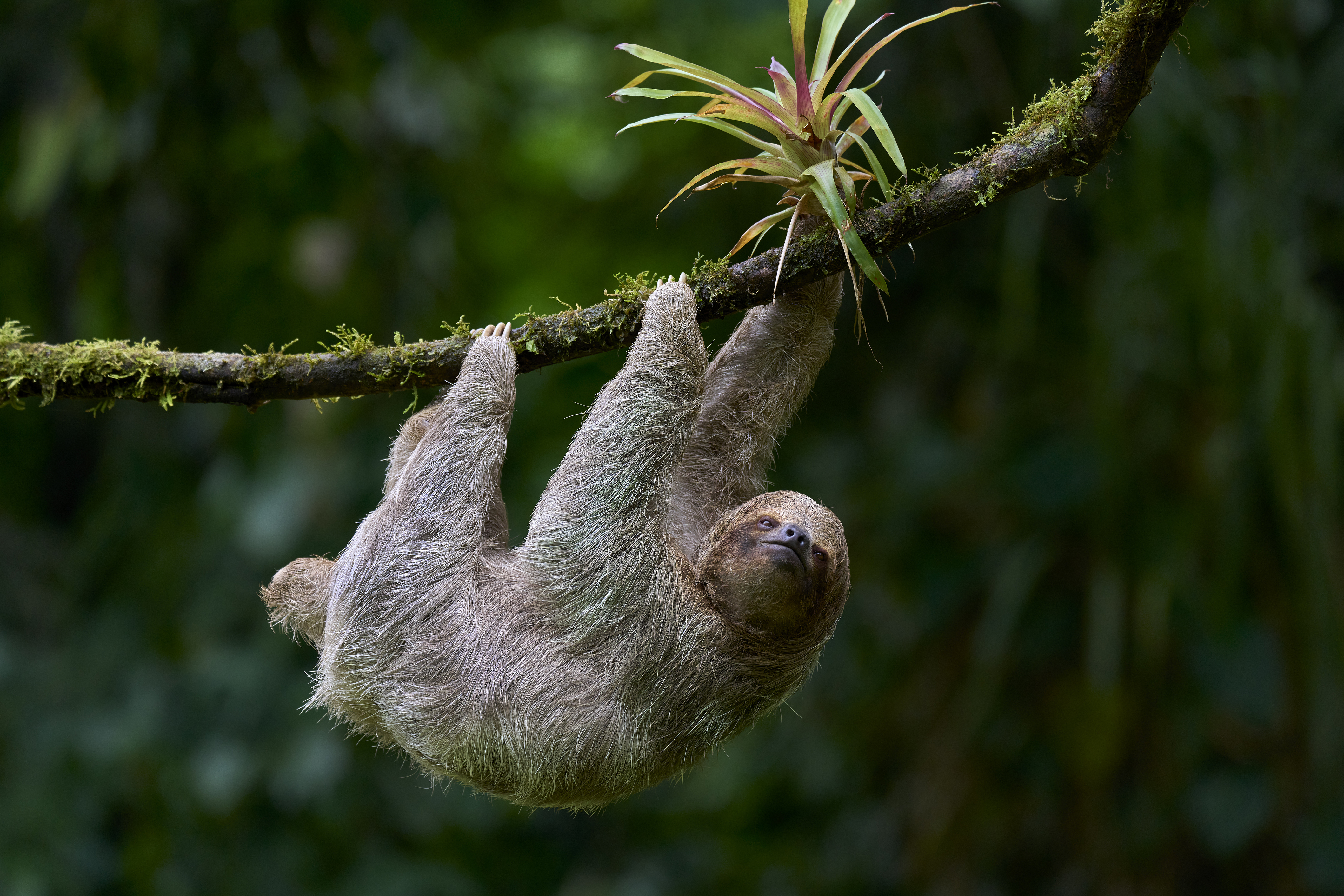
To blend in, one must be alone.
Perhaps it is no coincidence that the greatest exponents of the pleasures of being alone in Nature, the Romantic poets, came along at the same time as industrialisation and urbanisation was bringing more people into crammed city spaces. William Wordsworth extolled the ‘bliss of solitude’ and, of course, liked to wander lonely as a cloud — a simile that, if thought about for too long, makes little sense. Clouds, on the whole, have a tendency to join up, especially above the Lake District.
For centuries, the best-known seekers of solitude were hermits, a tradition found in every religion, where ‘the individual is advised to withdraw, separate from the world, in order to achieve inner peace,’ says Robert Rodriguez, author of The Book of Hermits. One who took this to the extreme is Simeon Stylites, the 5th-century Syrian ascetic reputed to have lived for 37 years atop a pillar near Aleppo, Syria. Other frequently painted hermit saints include Jerome — depicted either in the wilderness or alone in his study by Giovanni Bellini, Hieronymus Bosch, Leonardo da Vinci and Albrecht Dürer — and Paul of Thebes, who lived alone in the desert to the age of 113. No wonder the typical representation of a hermit is of an elderly man with a long grey beard, but perhaps being alone is more appreciated later in life. Einstein wrote of living in solitude ‘which is painful in youth, but delicious in the years of maturity’, whereas French philosopher Jean-Jacques Rousseau was against solitude in youth, advising that, combined with reading, idleness and a soft and sedentary life, it is a perilous path that will lead an adolescent into danger.
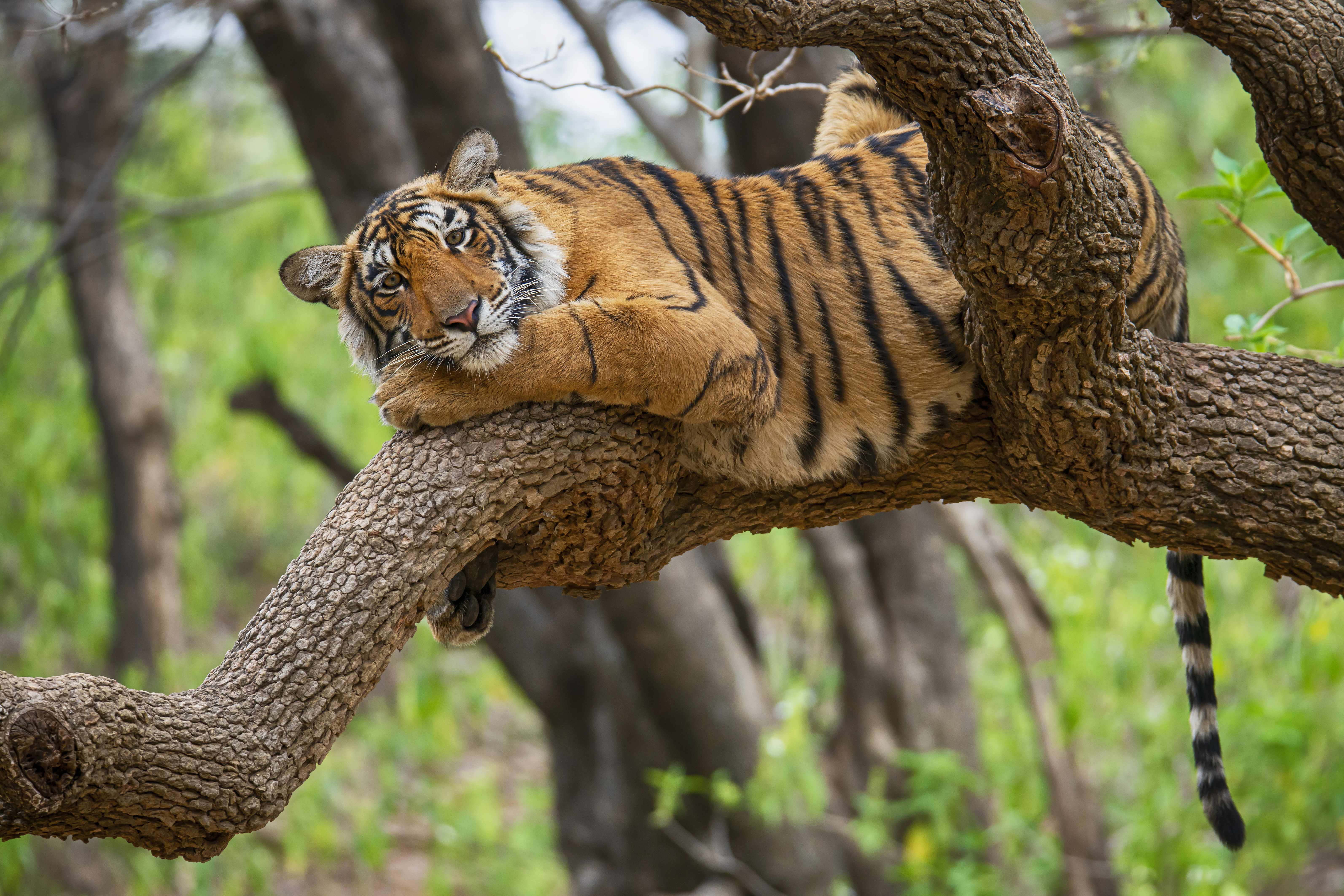
Solitude is often necessary for the Bengal tiger.
Today, more young people seem to be inclined to seek out the pleasures of solitude, with those aged 44 and under being the fastest-growing age group of solo travellers, according to travel organisation ABTA. Hector Hughes, 31, was inspired to start up Unplugged, his off-grid breaks business, after a 10-day silent retreat in the Himalayas. His company offers the busy and the stressed the chance to step away from modern life, lock away their smartphones and immerse themselves in the natural world in isolated rural cabins. ‘Almost one-fifth of our customers come on their own and have said they feel refreshed, recharged and proud of themselves for spending three days in solitude,’ he says.
Exquisite houses, the beauty of Nature, and how to get the most from your life, straight to your inbox.
For writer, geologist and therapist Ruth Allen, solo journeys offer ‘valuable time to think and feel uninterrupted, to reconnect with the shape of me beneath the noise’. Digging into the language of rocks she describes the difference between loneliness and solitude as being like that of erosion and weathering. ‘Loneliness is like erosion, severe and undermining, whereas solitude is more akin to the weathering of rock by natural forces such as wind and water: something more progressively shaping.’
This feature originally appeared in the August 27, 2025, issue of Country Life. Click here for more information on how to subscribe
Laura Parker is a countryside writer who contributes to the Scottish Field, the Dundee Courier and Little Toller’s nature journal The Clearing. She lives in the Cotswolds and keeps a small flock of Shetland sheep. You can follow her on X and Instagram: @laura_parkle.
-
 What trees taught me about perfect planting — Alan Titchmarsh
What trees taught me about perfect planting — Alan TitchmarshSense and patience is key to growing healthy trees, as a certain Mr Mackenzie showed a young Alan Titchmarsh
-
 What on earth is the person who comes up with Annabel's otherworldly facade displays on? London's most magical Christmas shop displays
What on earth is the person who comes up with Annabel's otherworldly facade displays on? London's most magical Christmas shop displaysPhotographs by Greg Funnell.
-
 What on earth is the person who comes up with Annabel's otherworldly facade displays on? London's most magical Christmas shop displays
What on earth is the person who comes up with Annabel's otherworldly facade displays on? London's most magical Christmas shop displaysPhotographs by Greg Funnell.
-
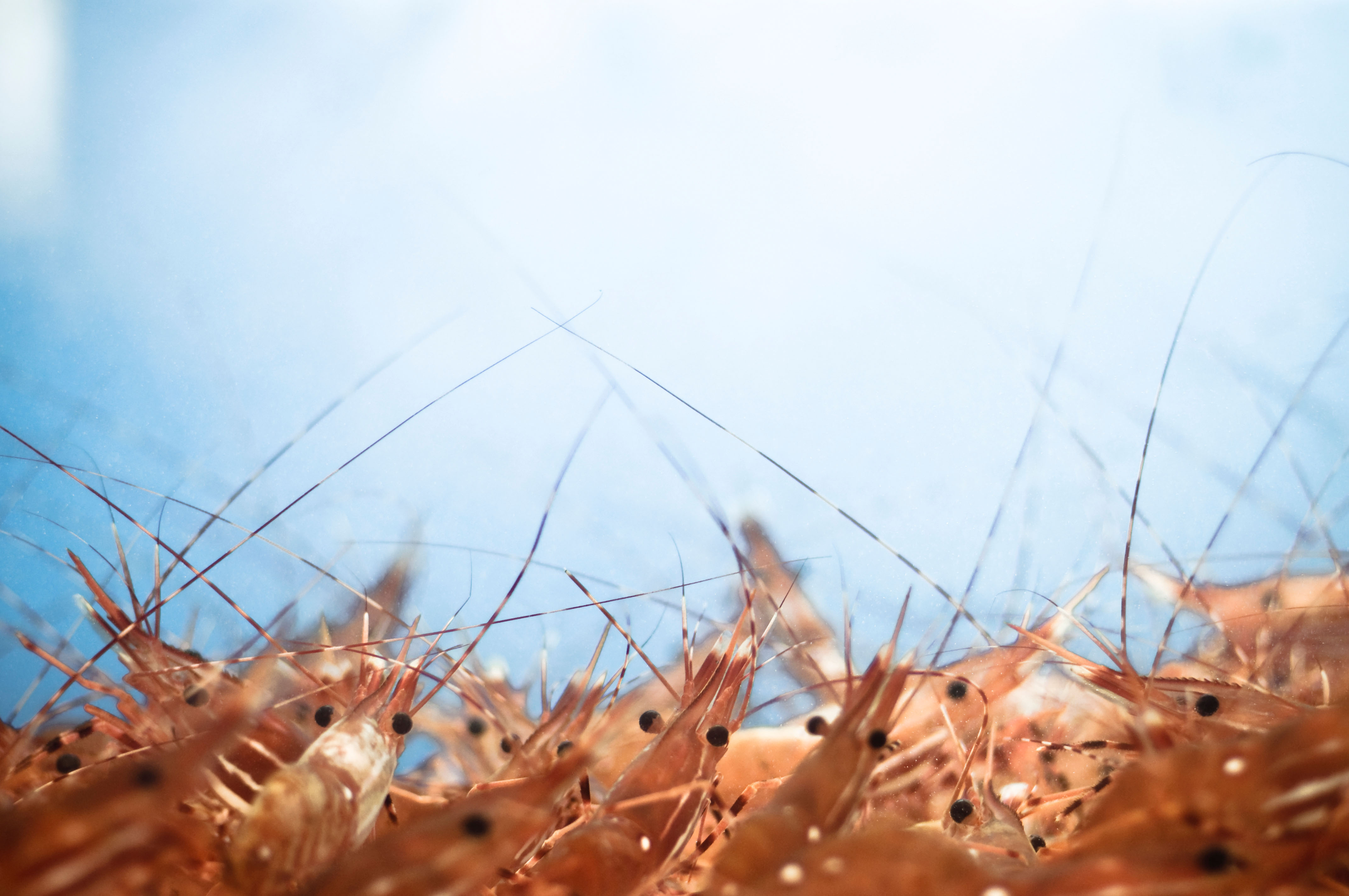 Farmers of Britain, go forth and grow prawns
Farmers of Britain, go forth and grow prawnsA new study has proposed that farmers could start growing king prawns to diversify income streams.
-
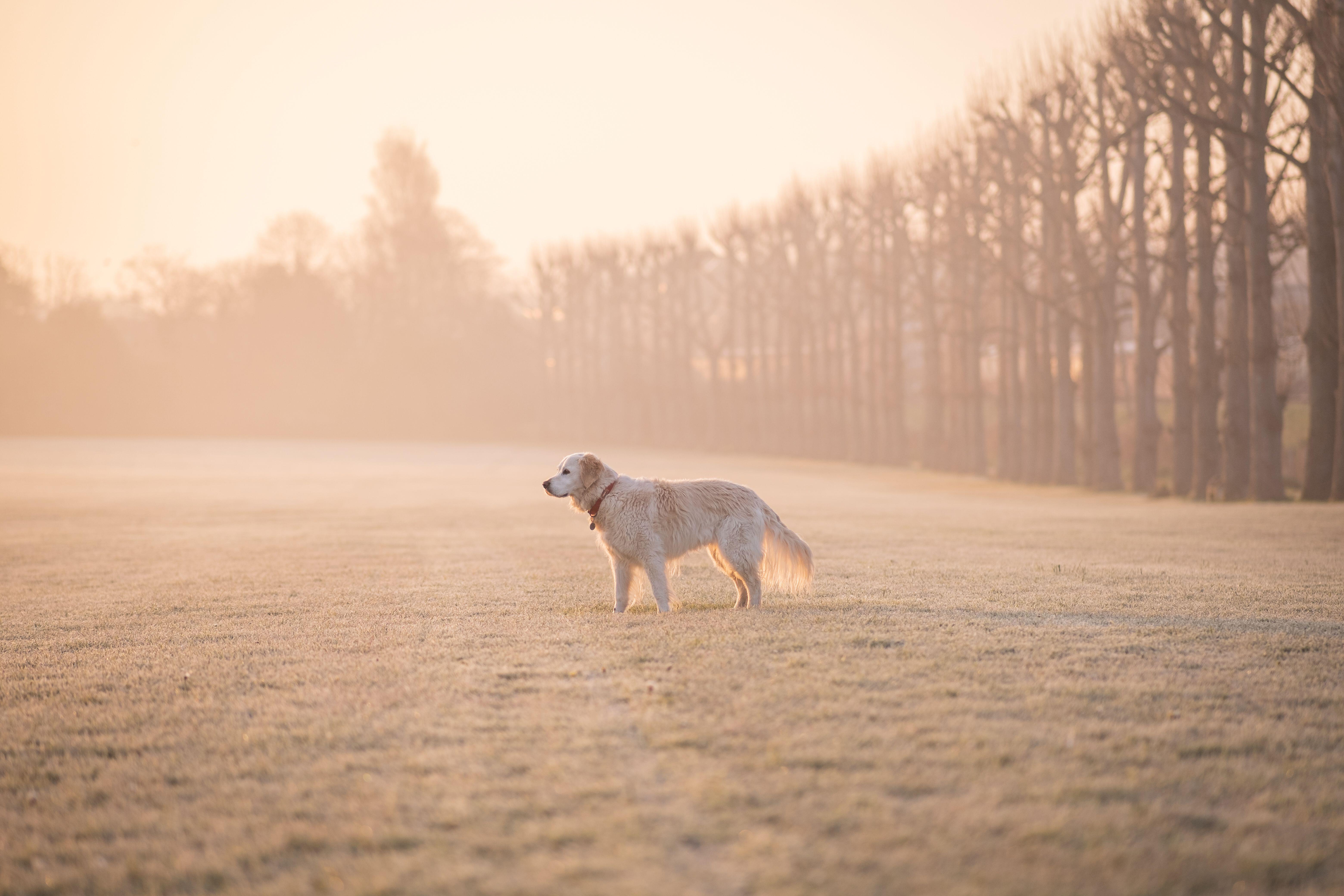 The golden retriever: The world’s most likeable dog almost didn’t exist at all
The golden retriever: The world’s most likeable dog almost didn’t exist at allThey’ve been popping up everywhere this week — on the Tube, at Christmas parties and in the news — so it feels like the perfect moment to talk about the dog breed we’re lucky to have.
-
 In search of London’s earliest pint
In search of London’s earliest pintEarly houses — pubs open in the early hours to feed and water the market trade — have been a cornerstone of London for centuries. Yet, as Will Hosie finds, they aren’t stuck in the past.
-
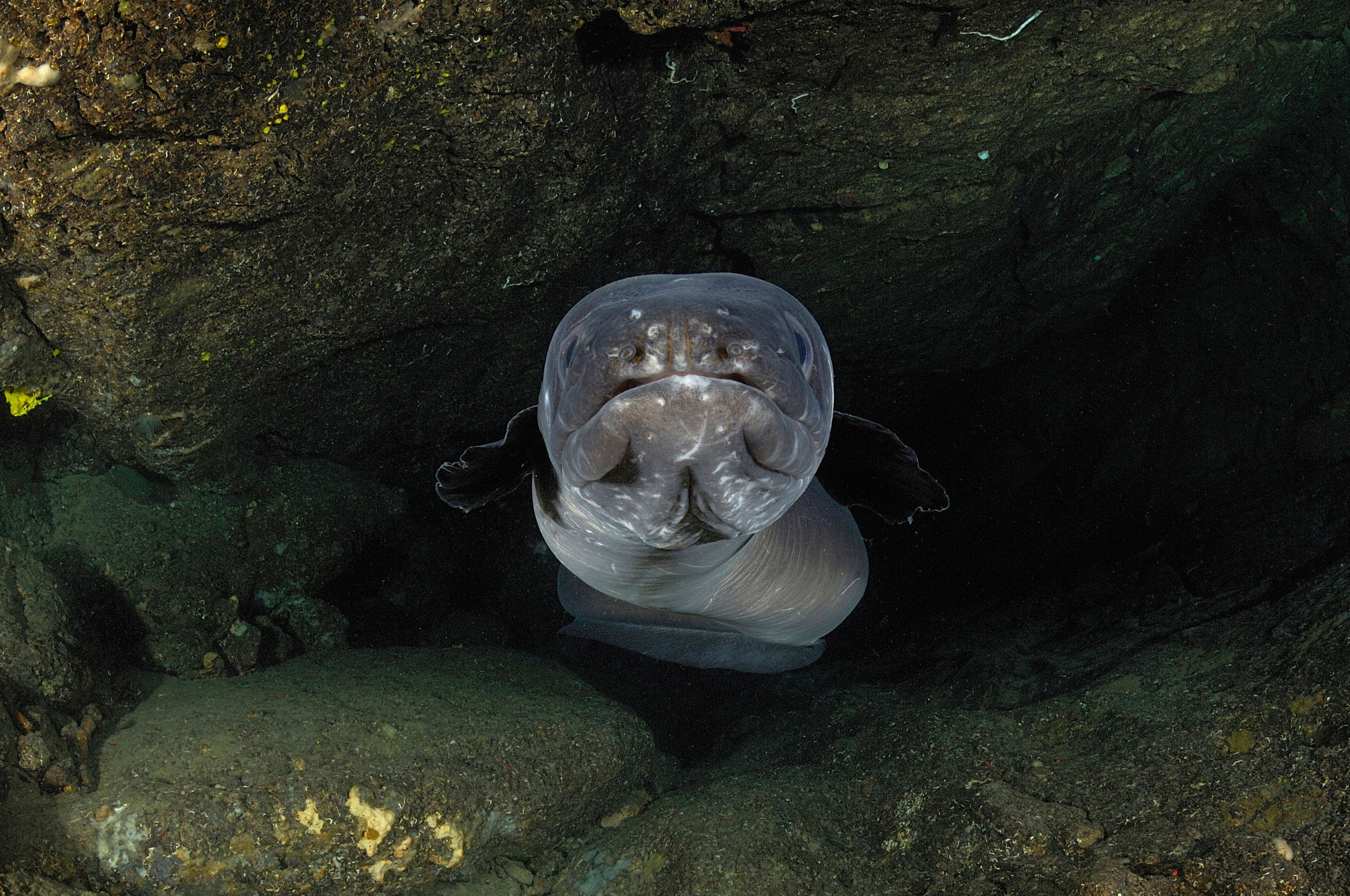 Aristotle believed they emerged spontaneously from mud, Sigmund Freud dissected thousands of them and they can dive lower than a nuclear submarine — but what is the truth about the eel?
Aristotle believed they emerged spontaneously from mud, Sigmund Freud dissected thousands of them and they can dive lower than a nuclear submarine — but what is the truth about the eel?It would seem the European eel has a long way to go to win hearts, Laura Parker says of the slippery animal with an unfortunate image problem.
-
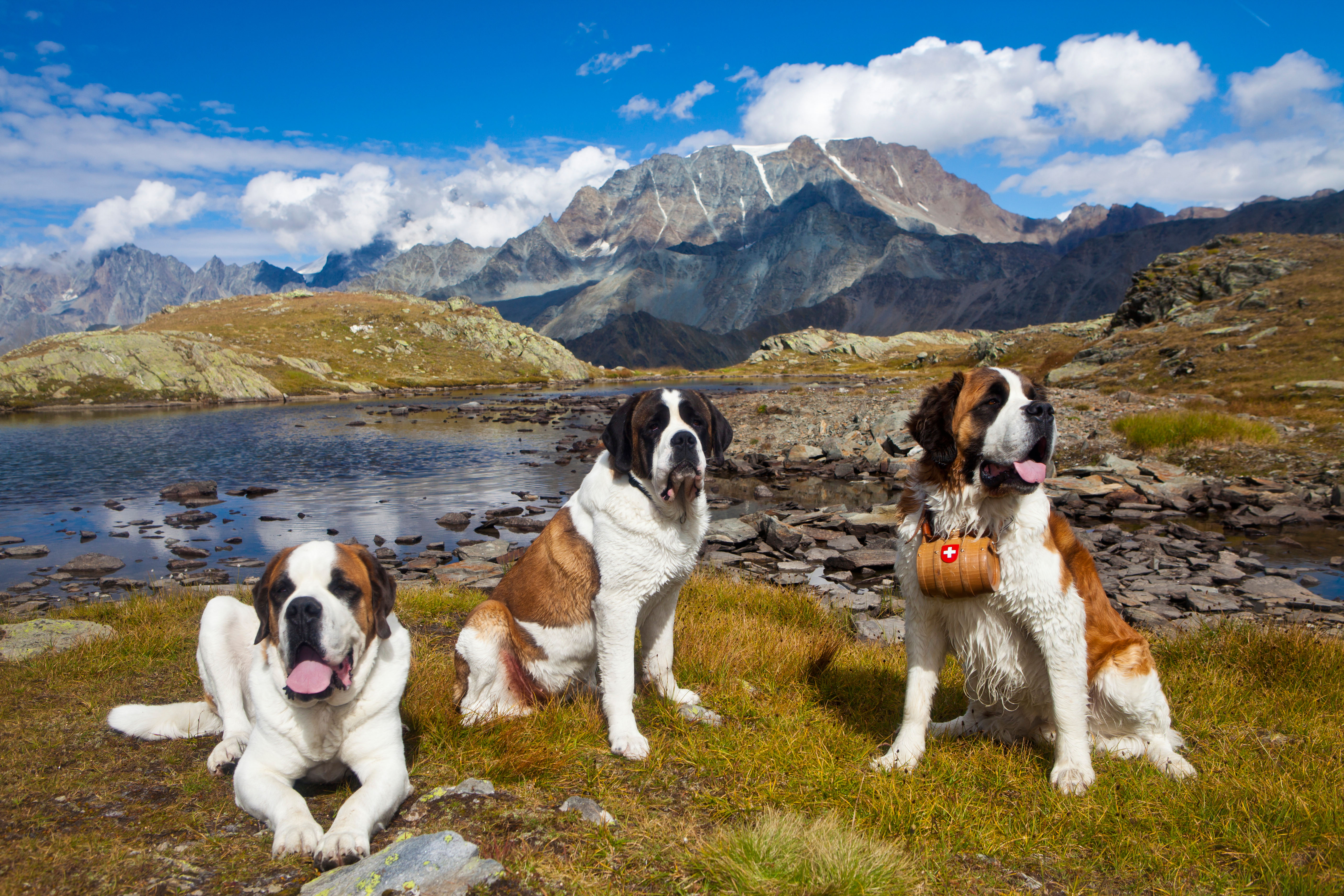 The Alpine rescue dog built for blizzards, bred by monks
The Alpine rescue dog built for blizzards, bred by monksAs snow fell across the UK this week, I found myself day-dreaming of St Bernards striding through the Alps — a snow-day dog worth celebrating.
-
 Better than Ozempic? 50 years of the Brompton bicycle
Better than Ozempic? 50 years of the Brompton bicycleOwen Wilson, James May and most of the middle-aged men and condescending hipsters you know love them. As the iconic folding bike turns 50 Lotte Brundle hops on one with the company's CEO.
-
 No more froths, no more foams, no more tweezers. Classic dining is making a comeback. Thank god
No more froths, no more foams, no more tweezers. Classic dining is making a comeback. Thank godFrom prawn cocktail and Arctic roll to starched tablecloths and ‘nicotine cream’ on the walls, it’s out with the new and in with the old in the restaurant world
